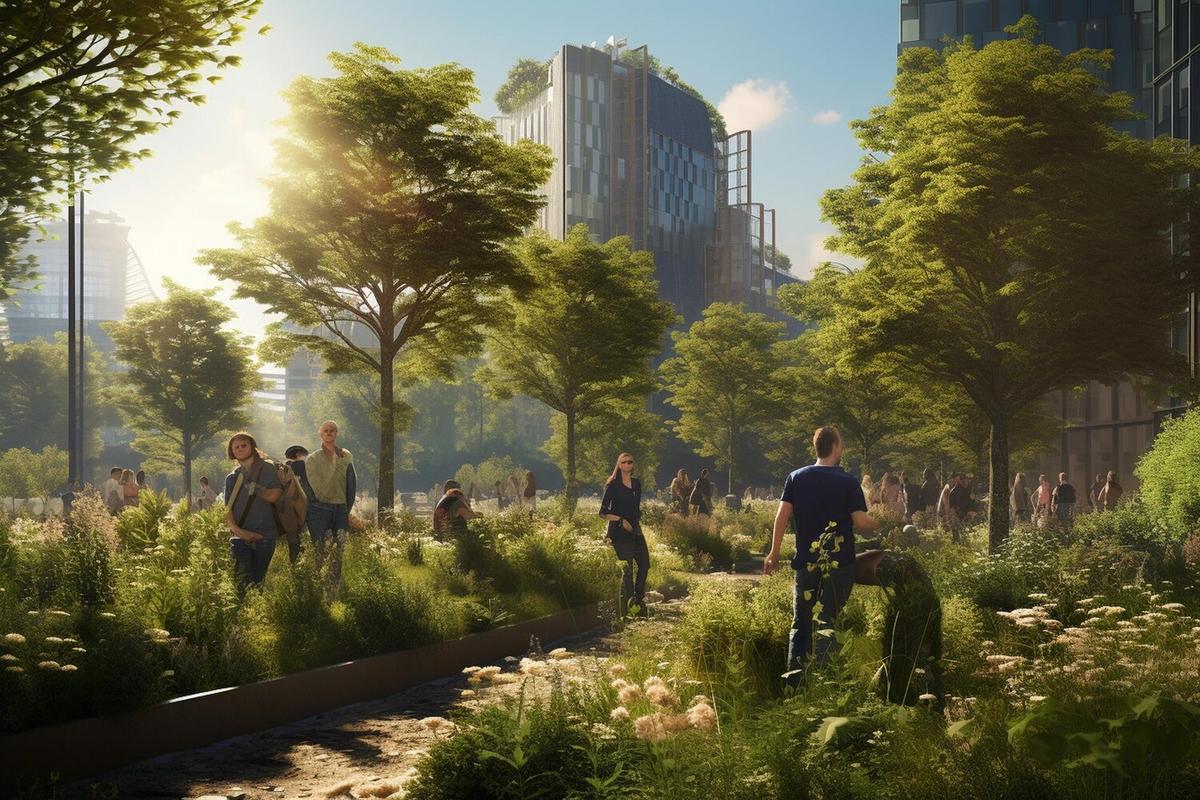Urban Planning for Climate Resilience: A Growing Necessity
As urban areas expand and the impacts of climate change become more pronounced, the role of urban planning in building climate resilience is increasingly vital. Cities worldwide are stepping up to address these challenges by integrating sustainable practices into their development strategies.

As urban areas expand and the impacts of climate change become more pronounced, the role of urban planning in building climate resilience is increasingly vital. Cities worldwide are stepping up to address these challenges by integrating sustainable practices into their development strategies.
The Importance of Urban Planning in Climate Resilience
Urban planning plays a crucial role in adapting cities to withstand the effects of climate change. By designing urban spaces that are resilient to extreme weather events, planners can help mitigate damage and ensure the safety and wellbeing of city inhabitants. According to the United Nations, over 68% of the world population is projected to live in urban areas by 2050, emphasizing the need for climate-resilient urban development.
Expert Insights on Urban Resilience
Michael Berkowitz, former president of the Rockefeller Foundation’s 100 Resilient Cities initiative, highlights, “Cities need to embrace a holistic approach to resilience, integrating environmental, social, and economic factors into their planning processes.”
This comprehensive approach ensures that cities not only survive but thrive amidst climate challenges.
Statistics and Research Findings
Research conducted by the Global Commission on Adaptation suggests that investing $1.8 trillion globally in climate adaptation measures could yield $7.1 trillion in net benefits. This includes investments in early warning systems, resilient infrastructure, and sustainable agriculture. Such figures underscore the economic advantages of proactive urban planning.
Case Study: Copenhagen’s Climate Resilient Strategy
Copenhagen serves as a prime example of urban resilience in action. The city has implemented a cloudburst management plan to tackle heavy rainfall, which includes green roofs, rainwater collection systems, and permeable pavements. This initiative not only reduces flood risks but also enhances the urban environment and quality of life.
Actionable Tips for Urban Planners
- Incorporate green infrastructure such as parks and green roofs to manage urban heat and stormwater.
- Develop comprehensive emergency response strategies that involve community participation.
- Promote sustainable transportation options to reduce carbon emissions.
Resources for Further Learning
For those interested in exploring more about sustainable urban development and climate resilience, the World Resources Institute offers extensive resources and case studies.
FAQ
What is climate resilience in urban planning?
Climate resilience refers to the ability of urban areas to withstand and recover from extreme weather events and climate-related impacts, ensuring the safety and well-being of its inhabitants.
How can cities improve their climate resilience?
Cities can enhance their resilience by investing in green infrastructure, developing robust emergency response plans, and promoting sustainable practices across various sectors.
Conclusion
Urban planning for climate resilience is not just a necessity; it’s an opportunity to create more sustainable, livable, and equitable cities. By integrating resilience into urban development, cities can protect their inhabitants and infrastructure from the adverse effects of climate change. As urban planners and stakeholders continue to innovate and collaborate, the future of our cities looks both promising and resilient.